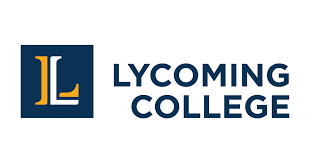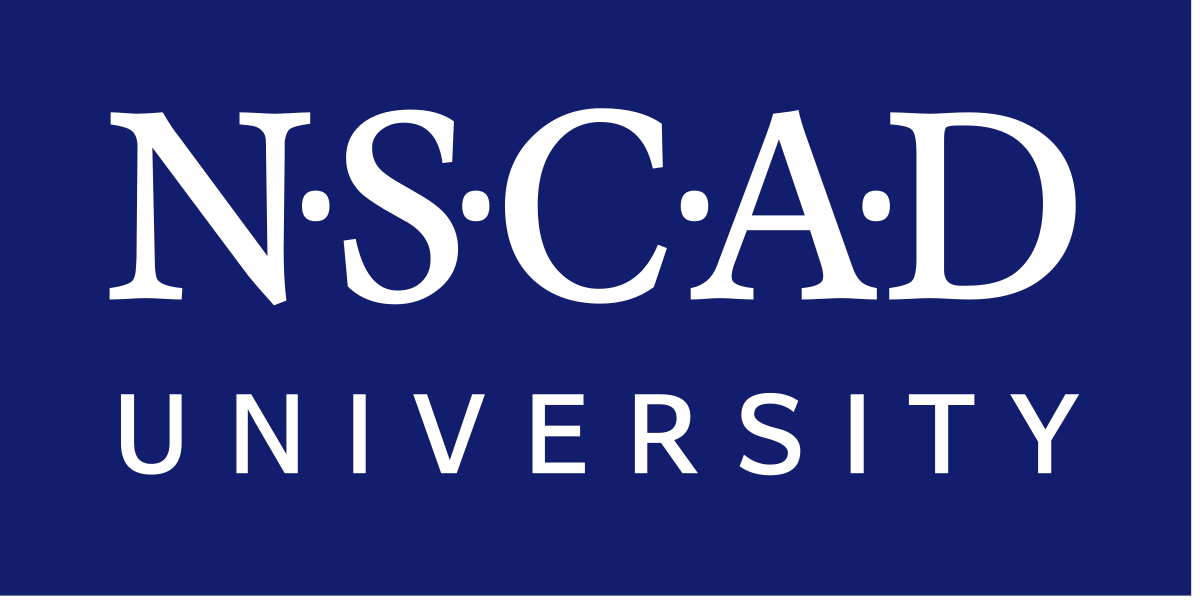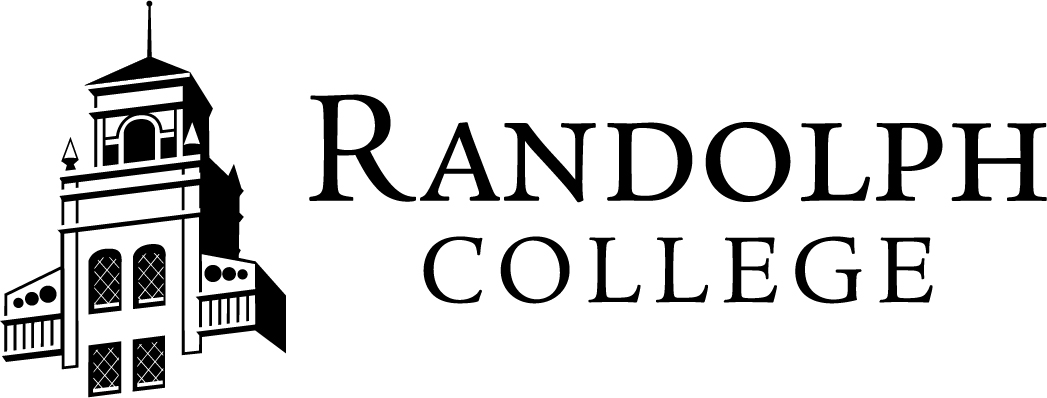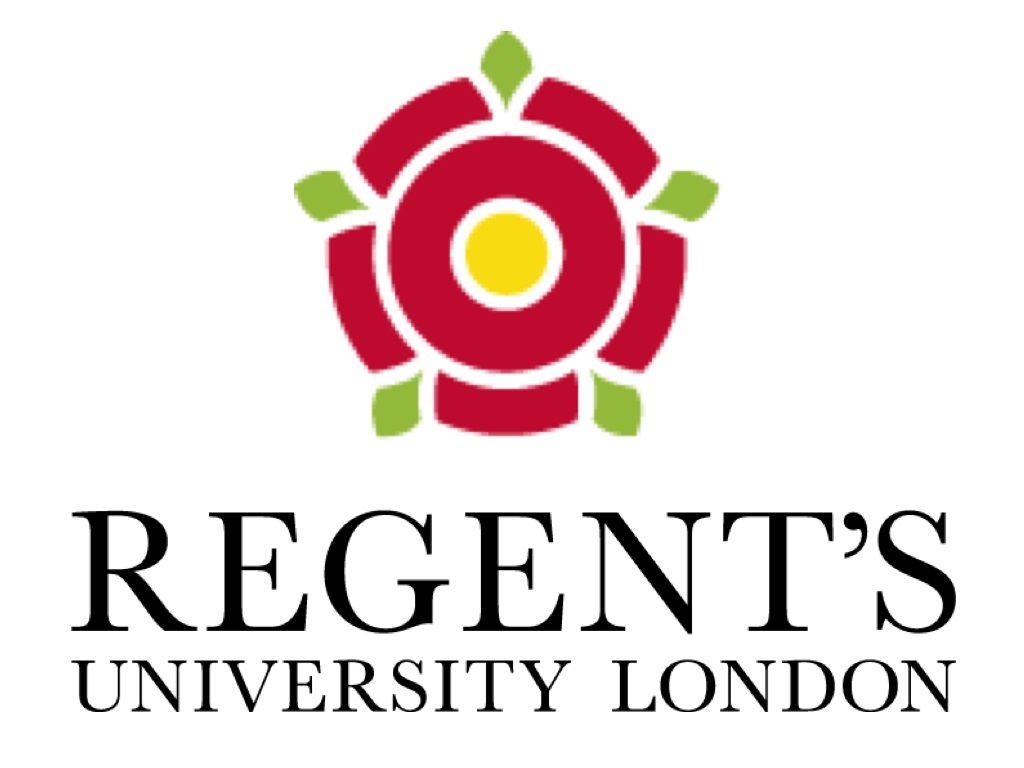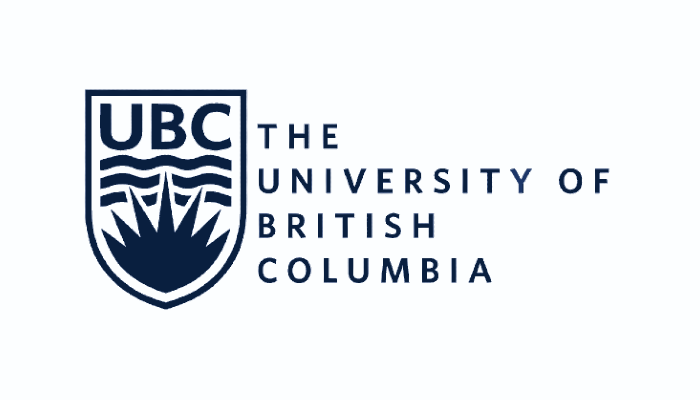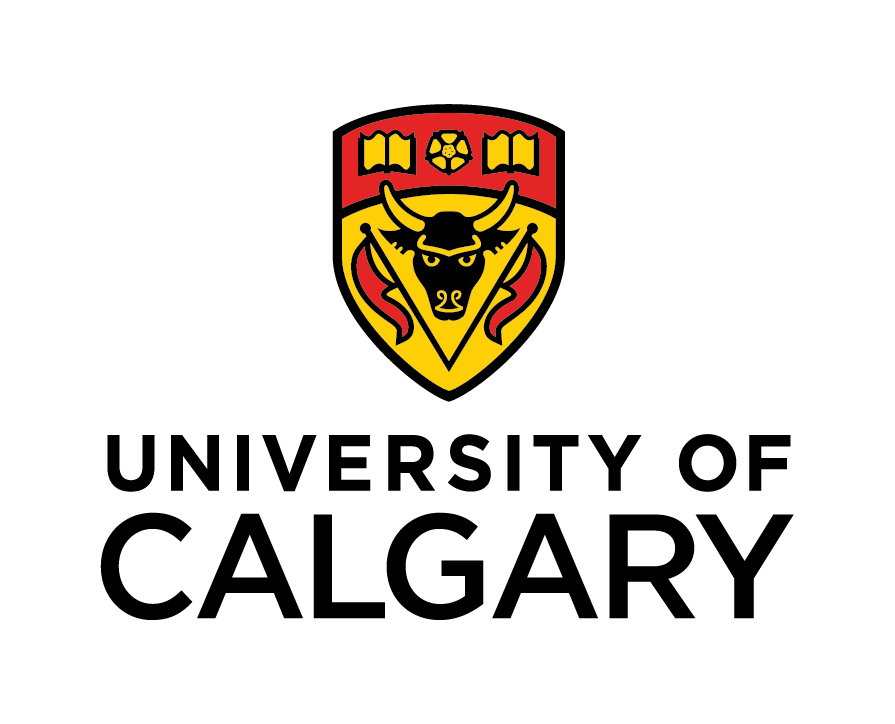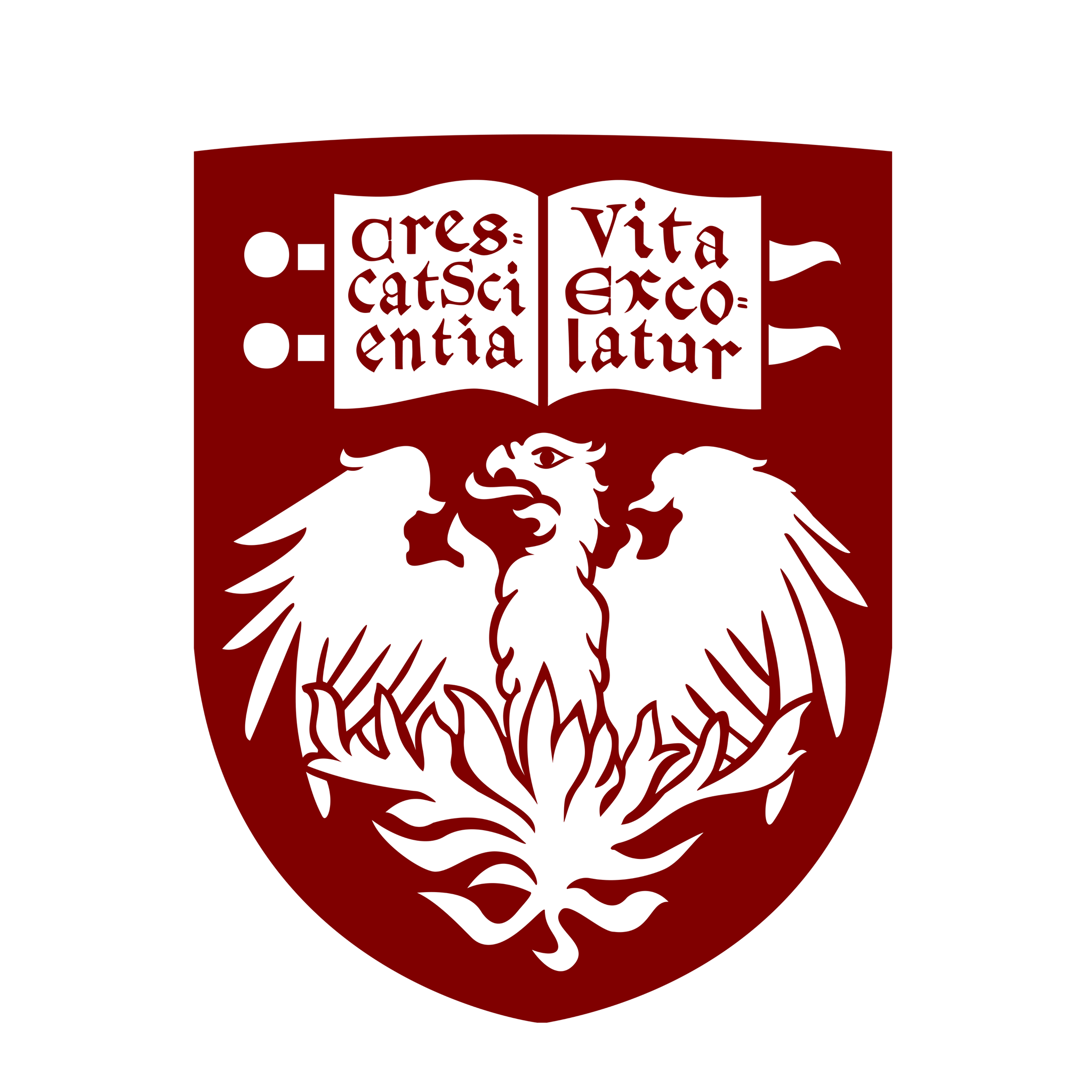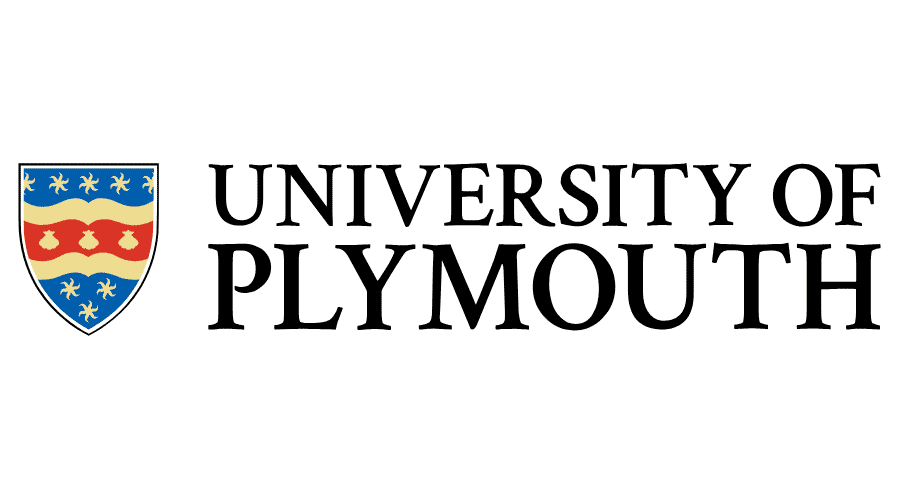Art History: Unlocking the Visual Legacy of Civilizations
Immerse yourself in the captivating world of Art History, a discipline that explores the evolution of human creativity across cultures, eras, and continents. From ancient cave paintings to modern masterpieces, studying Art History abroad offers Indian students a unique opportunity to connect global artistic traditions with India's rich heritage. Whether you're fascinated by the intricate motifs of Mughal miniatures or the bold strokes of Impressionism, this course equips you with the tools to analyze, interpret, and appreciate visual art in its historical and cultural contexts.
As an Indian student venturing abroad, Art History opens doors to prestigious universities in Europe, North America, and beyond, where you'll gain hands-on experience with world-renowned collections. This page provides a comprehensive guide to the course, its benefits, curriculum highlights, and why it's a transformative choice for your academic journey.
Why Study Art History Abroad?
Studying Art History internationally isn't just about learning dates and artists—it's about experiencing art in its birthplace. For Indian students, who often come from a background steeped in diverse artistic traditions like the Ajanta caves or Tanjore paintings, going abroad bridges Eastern and Western perspectives, fostering a global worldview.
- Cultural Immersion: Visit iconic sites like the Louvre in Paris or the British Museum in London, gaining insights that textbooks can't provide.
- Expert Faculty and Resources: Access to renowned scholars, state-of-the-art libraries, and digital archives that enhance your research skills.
- Networking Opportunities: Connect with international peers and professionals in the art world, invaluable for future careers in curation or academia.
- Personal Growth: Develop critical thinking and visual literacy, skills that transcend borders and apply to India's growing creative industries.
- Scholarships and Support: Many programs offer funding tailored for international students, including those from India, to make your dreams affordable.
With the global art market booming—valued at over $65 billion in 2023—studying abroad positions you at the forefront of this dynamic field, blending theoretical knowledge with practical exposure.
Course Overview and Curriculum
A typical Bachelor's or Master's in Art History spans 3-4 years for undergraduates and 1-2 years for postgraduates. The curriculum is interdisciplinary, drawing from history, anthropology, and aesthetics. Expect a mix of lectures, seminars, fieldwork, and independent research projects.
Core modules often include:
- Ancient and Classical Art: Explore Egyptian pyramids, Greek sculptures, and Roman mosaics, understanding their influence on later traditions.
- Medieval and Renaissance Art: Dive into Gothic cathedrals, Leonardo da Vinci's masterpieces, and the rebirth of humanism in Europe.
- Modern and Contemporary Art: Analyze movements like Cubism, Surrealism, and street art, with a focus on postcolonial perspectives relevant to Indian artists.
- Non-Western Art Traditions: Study Asian, African, and Indigenous arts, highlighting connections to India's Vedic sculptures and colonial-era influences.
- Museum Studies and Conservation: Learn curatorial practices, restoration techniques, and the ethics of art preservation.
- Thematic Studies: Topics such as gender in art, art and politics, or digital media's impact on visual culture.
Many programs incorporate practical elements, like internships at galleries or study trips to art hubs. For instance, a semester in Italy might involve sketching in Florence's Uffizi Gallery, while a U.S. program could include visits to New York's MoMA.
| Year/Semester | Key Modules | Assessment Methods |
|---|---|---|
| Year 1 | Introduction to Art History; Visual Analysis | Essays, Quizzes |
| Year 2 | Renaissance Art; Asian Art Histories | Group Projects, Field Trips |
| Year 3 | Modernism; Curatorial Practice | Thesis, Internship |
This structured approach ensures a balanced education, preparing you for advanced studies or professional roles.
Top Destinations for Studying Art History Abroad
India's artistic legacy—from the Indus Valley seals to contemporary installations—makes studying abroad a natural extension. Choose destinations that align with your interests, whether it's Europe's classical heritage or America's innovative scene.
- United Kingdom: Home to Oxford and Cambridge, with unparalleled access to the Tate Modern and National Gallery. Ideal for British Romanticism and colonial art studies.
- Italy: The cradle of Renaissance; universities like the University of Florence offer courses amid Michelangelo's David and Botticelli's Birth of Venus.
- France: Paris's Sorbonne or École du Louvre provide deep dives into Impressionism and avant-garde movements.
- United States: Programs at Harvard, Yale, or NYU emphasize diverse collections, including South Asian art at the Met.
- Australia and Canada: Emerging hubs like the University of Melbourne or UBC, focusing on Indigenous and multicultural art narratives.
For Indian students, countries like the UK and US offer generous scholarships through bodies like the Chevening or Fulbright programs, easing visa and financial hurdles.
Career Opportunities in Art History
A degree in Art History isn't confined to museums—it's a gateway to versatile careers. With India's art sector expanding (projected to reach $10 billion by 2025), your international education gives you a competitive edge.
Key Career Paths:
- Museum Curator or Gallery Manager: Organize exhibitions; average salary abroad: $50,000-$80,000 annually.
- Art Conservator: Restore artifacts; opportunities in India's National Museum or global institutions.
- Art Critic or Journalist: Write for publications like Artforum or Indian outlets like Art India.
- Auction House Specialist: Work with Sotheby's or Christie's, appraising works influenced by Indian modernism (e.g., Raja Ravi Varma).
- Academic Researcher or Professor: Pursue PhDs and teach, blending Indian and global art histories.
- Cultural Heritage Consultant: Advise on preservation projects, relevant to UNESCO sites in India like Hampi.
- Digital Media Specialist: Create virtual tours or NFTs, tapping into the tech-art fusion.
Many graduates return to India to contribute to initiatives like the Kochi-Muziris Biennale or start their own galleries, leveraging abroad-acquired expertise.
Why Art History is Ideal for Indian Students
India's artistic tapestry—from ancient Buddhist stupas to Bollywood's visual storytelling—mirrors the global narratives in Art History. Studying abroad allows you to contextualize Indian art within a worldwide framework, addressing themes like colonialism's impact on Bengal School artists or the diaspora in contemporary works.
Challenges like adapting to new climates or academic styles are offset by supportive Indian student communities abroad. Plus, programs often include modules on South Asian art, enabling you to specialize in areas like Indo-Islamic architecture or postcolonial theory.
Financially, costs vary: UK tuition for internationals is around £15,000-£25,000 per year, with living expenses at £10,000-£15,000. Indian students can apply for loans via banks like SBI or scholarships from the Inlaks Shivdasani Foundation.
Visa tips: Prepare a strong Statement of Purpose highlighting your passion for art, backed by extracurriculars like visiting Delhi's National Gallery of Modern Art.
Embark on Your Artistic Journey
Art History abroad is more than a course—it's a voyage through humanity's creative soul. For Indian students, it honors your cultural roots while expanding horizons. Explore programs today, connect with alumni, and step into a world where every canvas tells a story. Your future in art awaits—start sketching it now!











